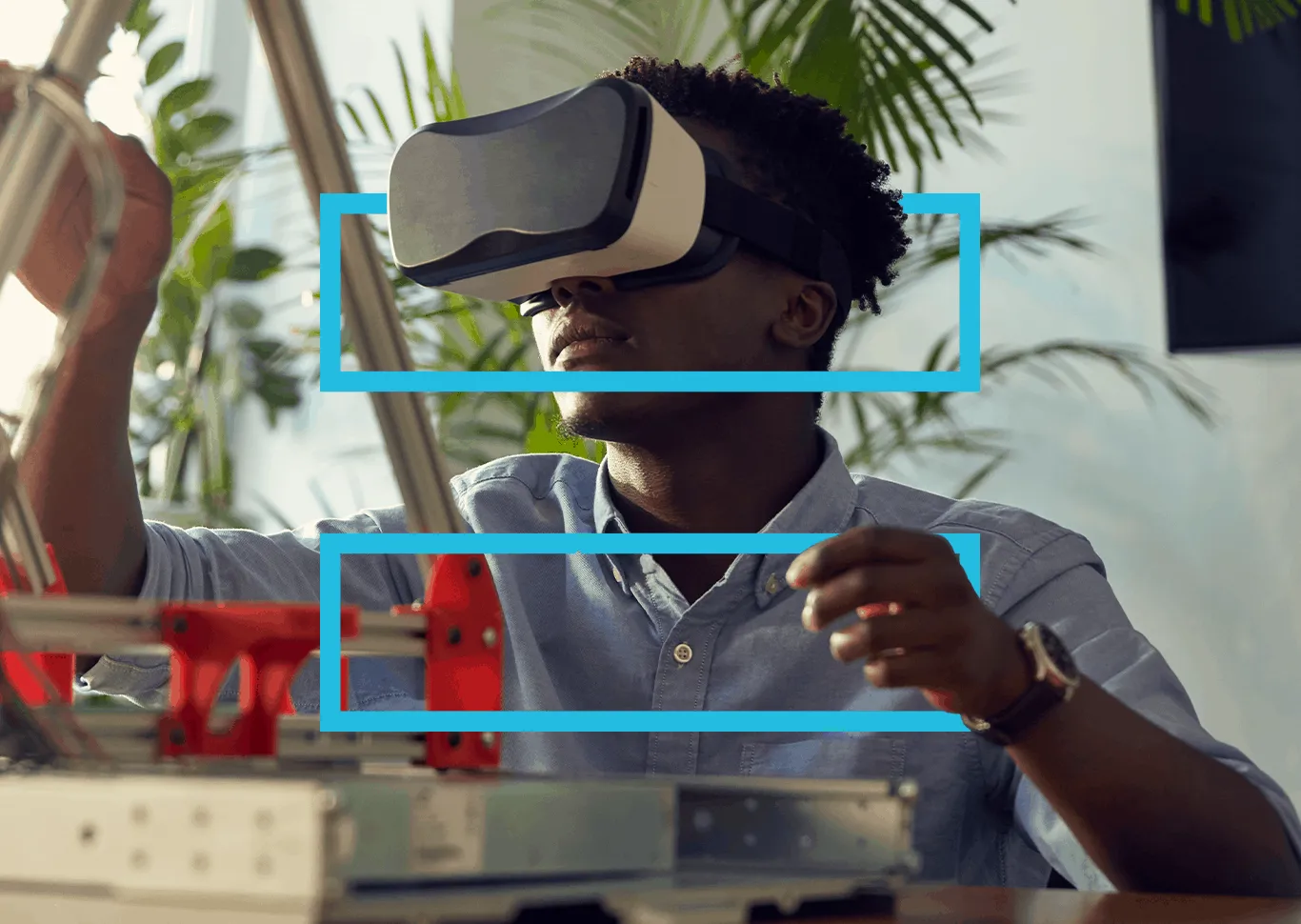“I’d say my role is extremely varied,” he says. “There are a lot of different things that my team looks after. We handle the infrastructure – the PCs, laptops, servers, telephones and networks – that our IET colleagues interact with on a daily basis. Our remit goes from the cabling in the building to the hardware at people’s desks, and everything in-between!
“We’re always looking at the ways new technology can assist us in solving problems - that's key to what we do, solve business problems through technology”
“I always joke that the role’s called Head of IT Services because if any of the IT services break, then it lands on my head,” he laughs. “But seriously, it’s the variation of work that I love. You never get two days the same. It’s a busy role and the days go by quickly.”
Much of Wayne’s work revolves around budgeting for IT services; making sure the organisation’s spending the right amount of money on the right hardware and systems. Although he’s no longer hands-on installing or fixing equipment, he’s still out and about across the organisation, making sure he knows all the right people, and that everyone in the building knows him.
“There’s no point in hiding behind a phone or email address, people need to know who to come to when they need IT solutions. That’s all part of delivering an IT service as far as I’m concerned.”
Forward-thinking technology projects
Wayne also oversees the delivery of many of the IET’s technology projects. Currently, this includes the rollout of Microsoft 365 across the business and also the refurbishment of one of the IET’s main offices; Futures Place.
“The senior managers within IT and Digital Services are always forward-thinking with technology. One colleague is the Head of Technology Strategy, and you’ll regularly find him attending shows and learning about the technologies we’re likely to implement over the next five years. We’re always looking ahead.”
At the moment Wayne’s focused on ensuring the IET is cloud-first, as well as imagining the future of work at the IET. During the planning of the refurb project the goal was to enable more flexible working, but the arrival of covid-19 supercharged this concept.
“We were originally looking at a simplistic hotdesking set-up with ‘neighbourhoods’ for each department and over time, and due to covid, this morphed into a project to develop a smart building. If you want to come into the office, you’ll have an app on your phone to book a desk, a car park spot, a meeting room and even lunch. This is quite cutting edge.
“Covid-19 allowed us to jump off the flexible working cliff; it showed us that it can work as we made a success out of it almost overnight. It sped up our plan to turn Michael Faraday House into a smart building as these features will let us better manage social distancing and ensuring workplaces are cleaned between users.”
The IET technology roadmap
Part of the IET’s roadmap approach is to continually improve IT services. This involves Wayne making sure the organisation is using the best technology available. In addition, there’s a focus on decreasing the organisation’s carbon footprint, and where possible becoming carbon neutral.
“There’s definitely a very ‘green’ element to the work we’re doing right now, which ties into the IET’s vision of engineering a better world,” Wayne says. “We’re looking at using DC power in the smart building, for example, and also moving things out to a data centre. Both will help us save energy.
“We’re always on the lookout for the next big thing and often do a proof of concept. We follow the innovators closely and look for solutions that might be a good fit for us. We’re always looking at the ways new technology can assist us in solving problems – that’s key to what we do, solve business problems through technology,”.


